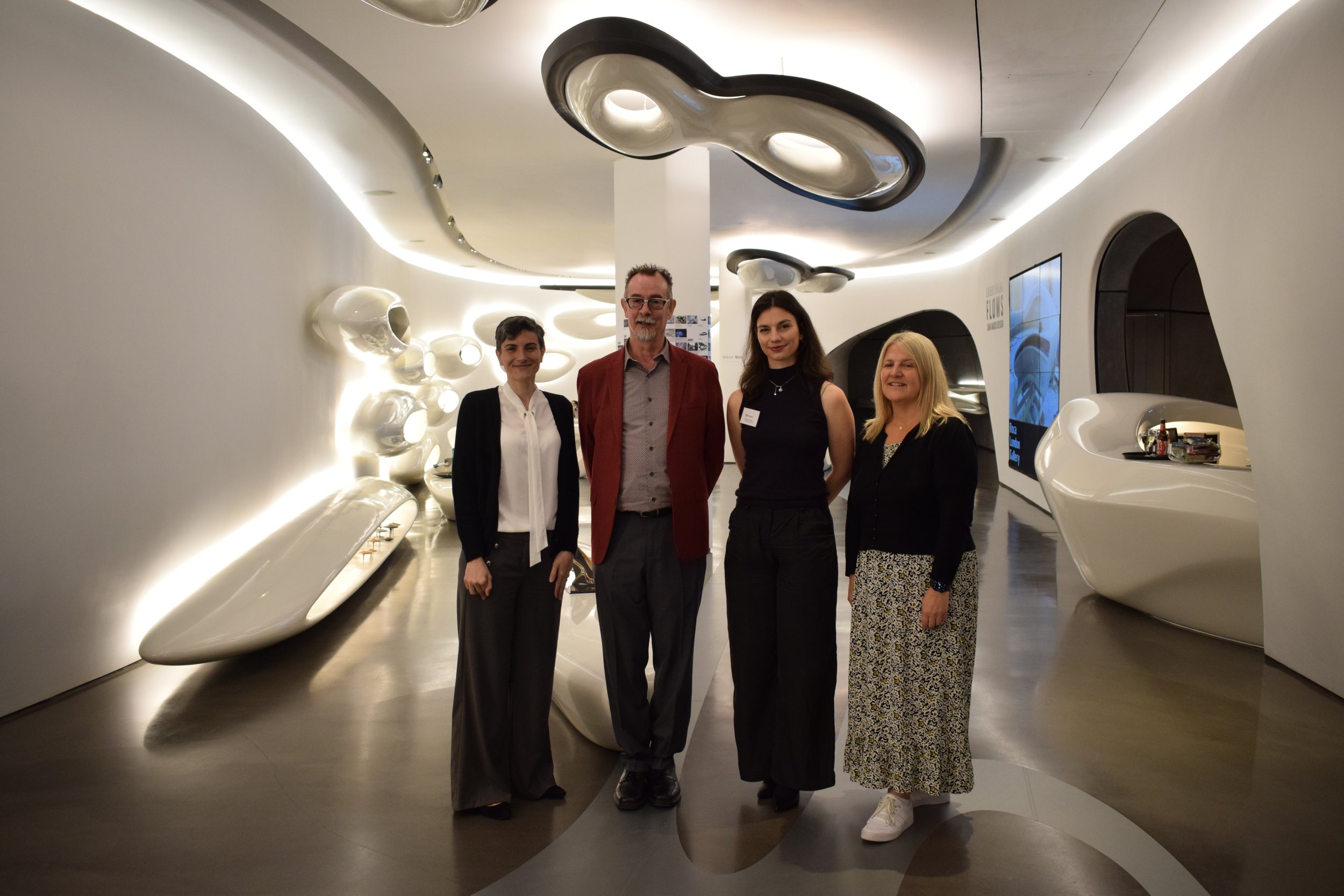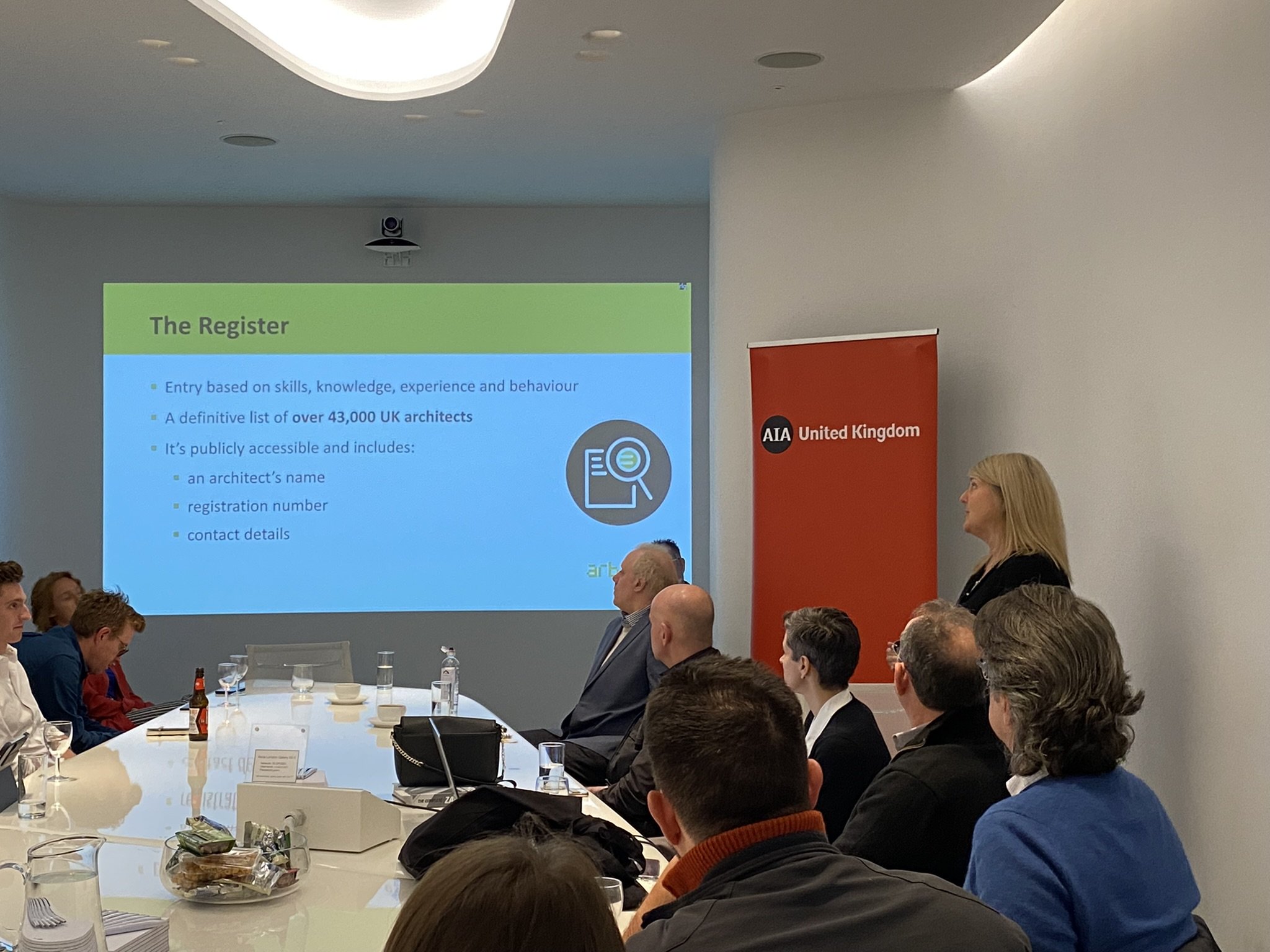Ten years ago, a collaboration between NCARB and ARB on architectural reciprocity would not have seemed possible. Not only did the UK’s membership in the EU precluded any professional agreements with the US – qualifications, and in some cases education, were not directly recognized by either country. At the time, the UK was nowhere near Brexit, and many people had to go through a process of repeating courses, paying exuberant fees, and submitting loads of paperwork while navigating an obscure and complicated system. The barriers to enter the profession in the UK from the US, and vice versa, seemed insurmountable.
How times have changed since then: it only took a national referendum, several prime ministers, and a global pandemic to reach a moment of clarity. When news broke of the new Mutual Recognition Agreement (MRA) in June 2022, it felt like a moment of absolution to many US-UK architects – though bittersweet for those that had to go through the hurdles. The significance of this agreement to US architects based in the UK, and indeed, the AIA United Kingdom as a chapter, cannot be overstated. While Mutual Recognition may not be as meaningful to those already established in practice, the forecast is heightened activity for the AIA UK Emerging Professionals committee and – we hope – a renewed appreciation for the AIA UK chapter from both the AIA and RIBA motherships.
A Comparison of US & UK Paths to Qualification
Licensure in the US is administered by NCARB (National Council of Registration Boards) and its national counterpart in the UK is the ARB (Architects Registration Board). Unlike the ARB, NCARB does not award licenses or keep a register of qualified architects; this is in fact handled by individual states or territories. Instead, NCARB handles the certification process which allows candidates to submit applications for license within individual jurisdiction. The NCARB Certificate can therefore be considered as a “passport” to practice in individual states. Some states only require the NCARB Certificate to register; others have additional requirements, which can be thought of as a “visa.” The California Supplemental Examination (CSE) is one such example.
To achieve an NCARB Certificate, candidates on the standard path must first complete an NAAB-accredited B.Arch. or M.Arch. degree program. The B.Arch. program lasts 5 years; M.Arch. programs can vary in length depending on previous education but can be up to 3 years and require an undergraduate degree. In addition to education, candidates are required to complete examination and experience criteria. These are the six Divisions of the Architect Registration Examination (ARE) (a standardized test) and 3,740 hours of practice hours across six experience areas under the supervision of a professional mentor. This practice component is known as the Architect Experience Program (AXP).
In the UK, the ARB takes on the same role as NCARB and additionally functions as a state or territory. Unlike NCARB, the ARB does award licenses and keeps a register of qualified architects. It also handles the education and experience components through the Criteria for the Prescription of Qualifications Parts I, II, & III. Part I relates to the first three years of university education, followed by two years of education for Part II (a diploma or a Master’s degree). Parts I and II are often bundled into the same degree program. In the UK, there is a practice of assigning individuals who have not completed Part III the title of a “Part I -” or “Part II Architectural Assistant,” regardless of educational background or professional credentials.
Once the Part I/II educational criteria are complete, the final Part III fulfils the examination and experience requirement. The experience component consists of 24 months in architecture practice while completing a Part III accredited course. Unlike the ARE sit-down test, the ARB Part III examination component is an assessment process involving a professional review, preparation of case studies, a written examination, and an interview. The Part III examination is perhaps more comparable to NCARB’s AXP program than the ARE, whereby the qualified architect supervisor fills a similar role to the Part III examiner. At present, there is no standardized test requirement for architects to enter the ARB register.



















